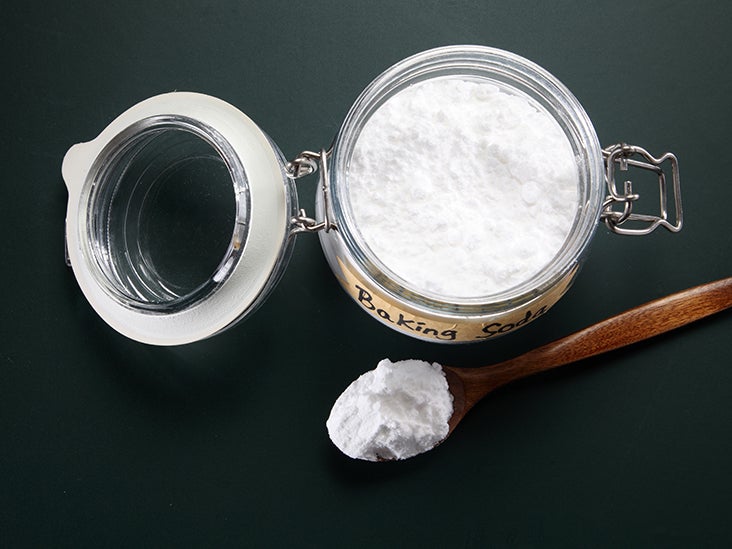Written by Alina Petre, MS, RD (NL) — Updated on May 13, 2016
Sodium bicarbonate, also known as baking soda, is a popular household product.
It has many uses, ranging from cooking to cleaning and personal hygiene.
However, sodium bicarbonate may also provide some interesting health benefits.
Many athletes and gym-goers use it to help them perform during intense training.
This detailed guide explains everything you need to know about sodium bicarbonate and exercise performance.
What is Sodium Bicarbonate?
Sodium bicarbonate has the chemical formula NaHCO3. It’s a mildly alkaline salt made up of sodium and bicarbonate ions.
Sodium bicarbonate is also known as baking soda, bread soda, bicarbonate of soda and cooking soda. It is commonly found in nature, dissolved in mineral springs.
However, it is best recognized as the white, odorless, non-flammable powder you can find in your local supermarket.
How Does Sodium Bicarbonate Work?
To understand how sodium bicarbonate works, it is helpful to first understand the concept of pH.
How pH Affects Exercise Performance
In chemistry, pH is a scale used to grade how acidic or alkaline (basic) a solution is.
A pH of 7.0 is considered neutral. Anything lower than 7.0 is acidic and anything above that is alkaline.
As humans, our pH is naturally close to neutral. It normally stays around 7.4 in blood and 7.0 in muscle cells.
You function best when your acid-alkaline balance remains close to this target, which is why your body has various ways to maintain these levels.
However, certain diseases or external factors can disrupt this balance. One of these factors is high-intensity exercise, also known as anaerobic exercise (1).
During anaerobic exercise, your body’s demand for oxygen exceeds the available supply. As a result, your muscles cannot rely on oxygen to produce energy.
Instead, they must switch to a different pathway — the anaerobic pathway.
Creating energy through the anaerobic pathway produces lactic acid. Too much lactic acid decreases your muscle cells’ pH below the optimal 7.0 (1).
This disrupted balance limits energy production and may also reduce your muscles’ ability to contract. Both of these effects ultimately lead to fatigue, which reduces exercise performance (2, 3).










